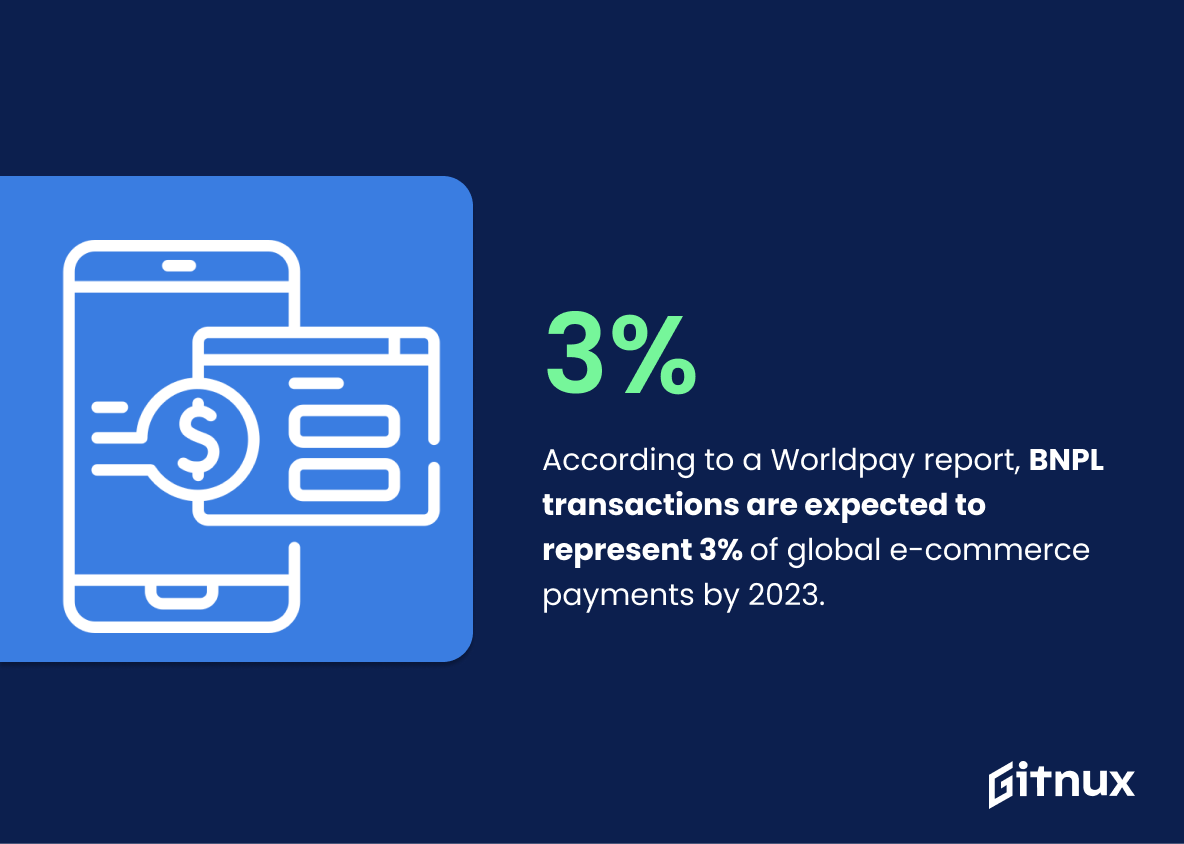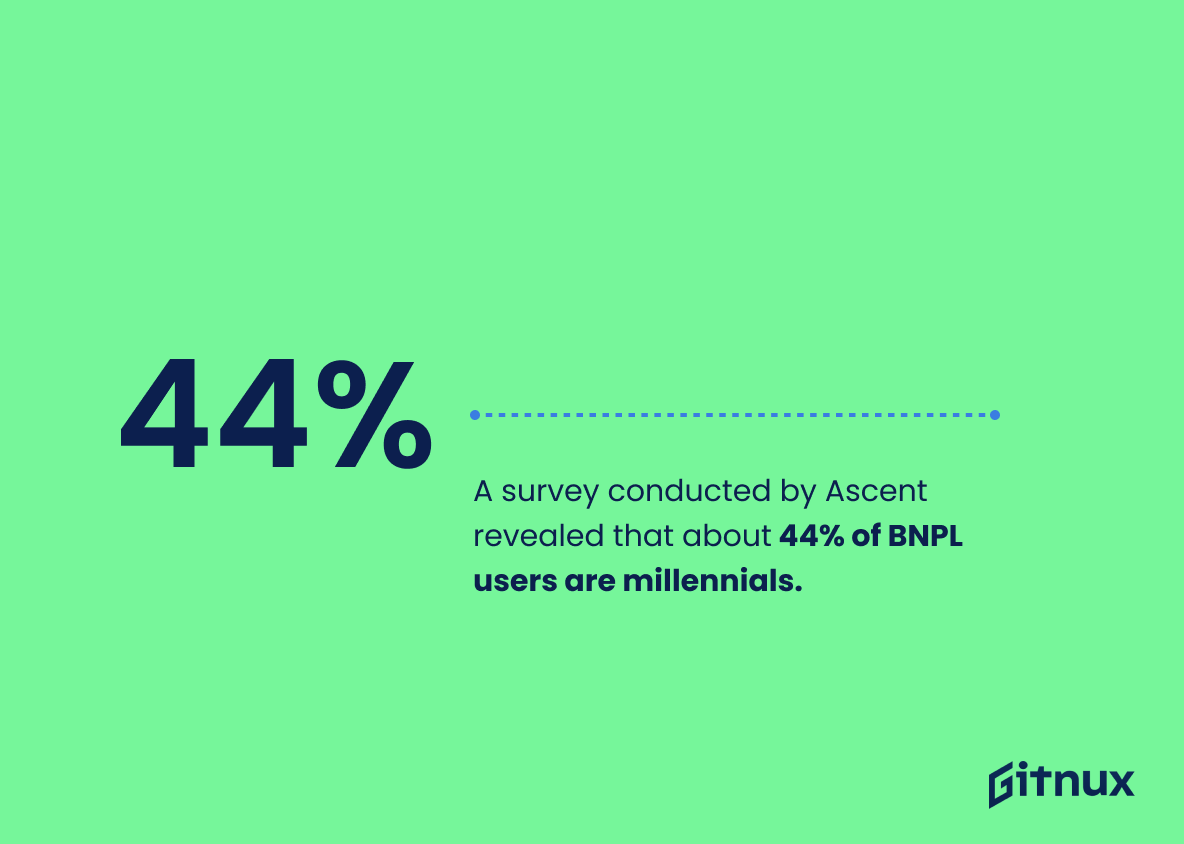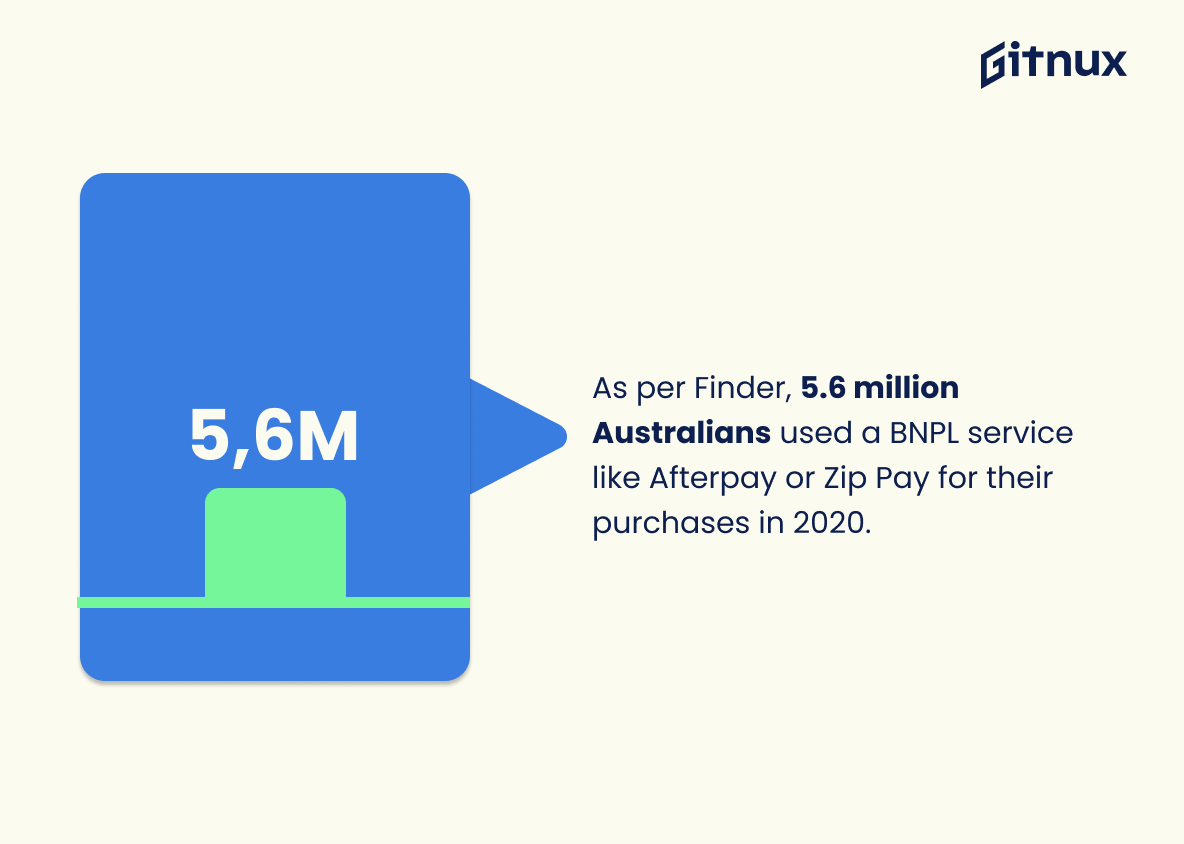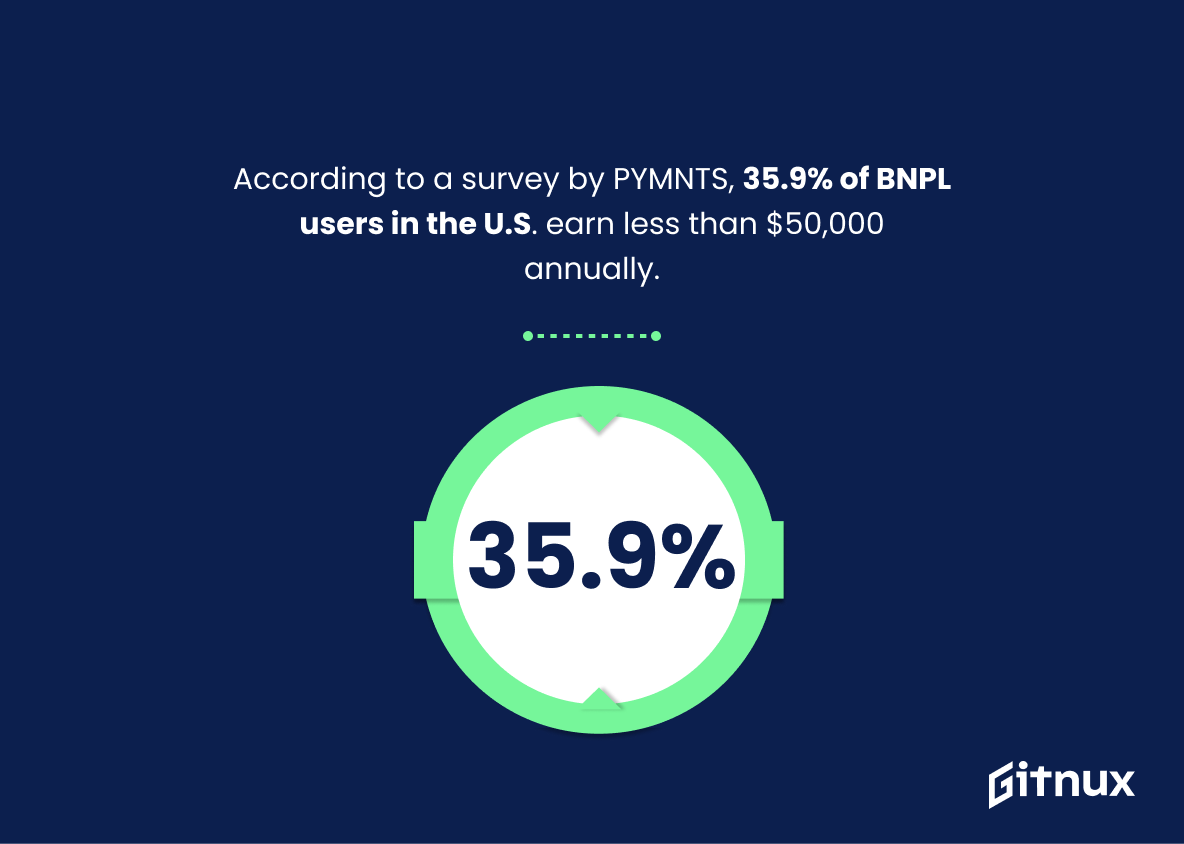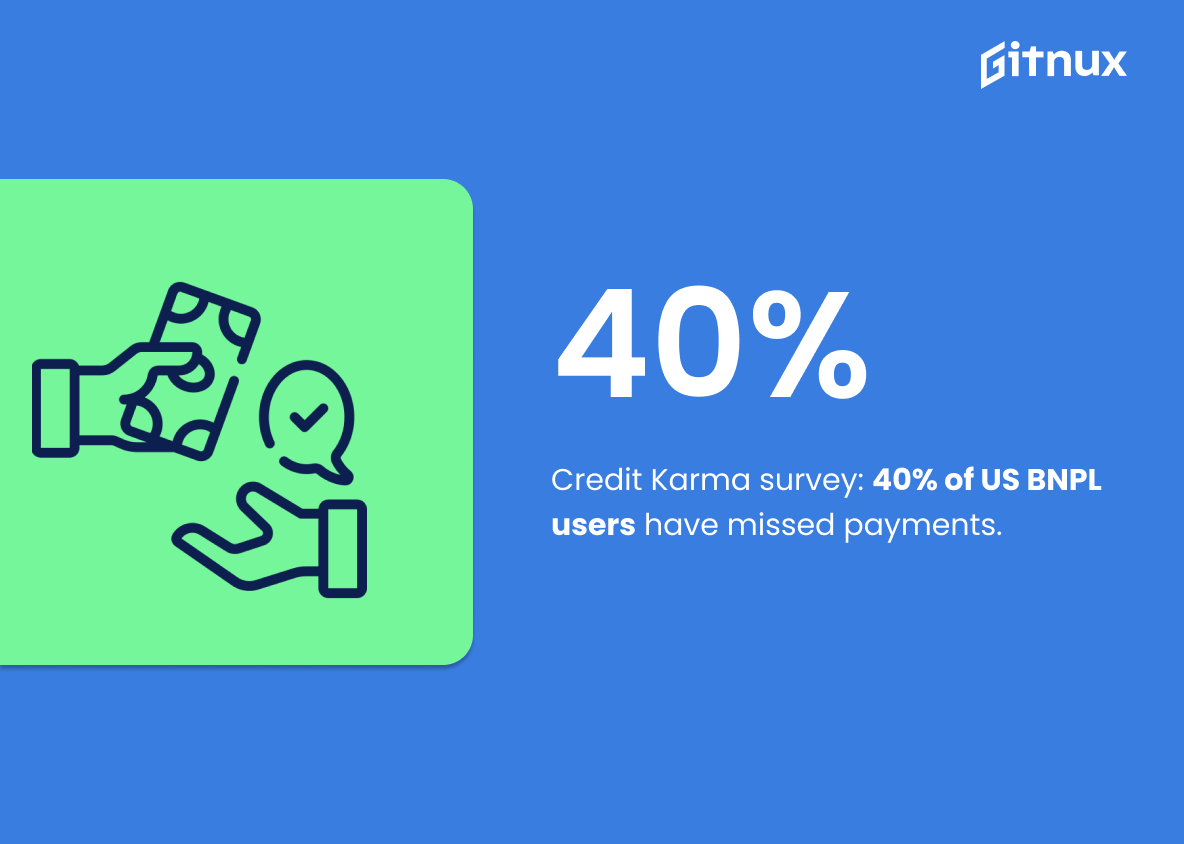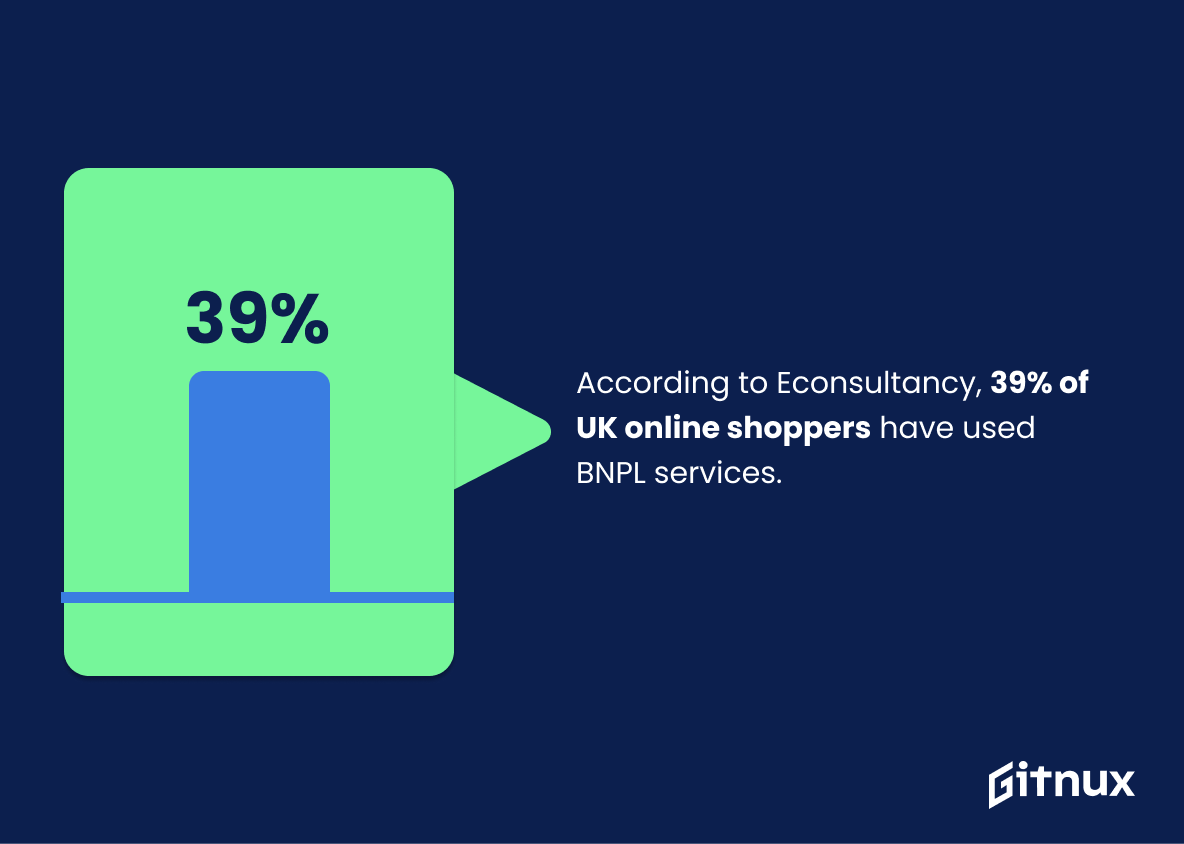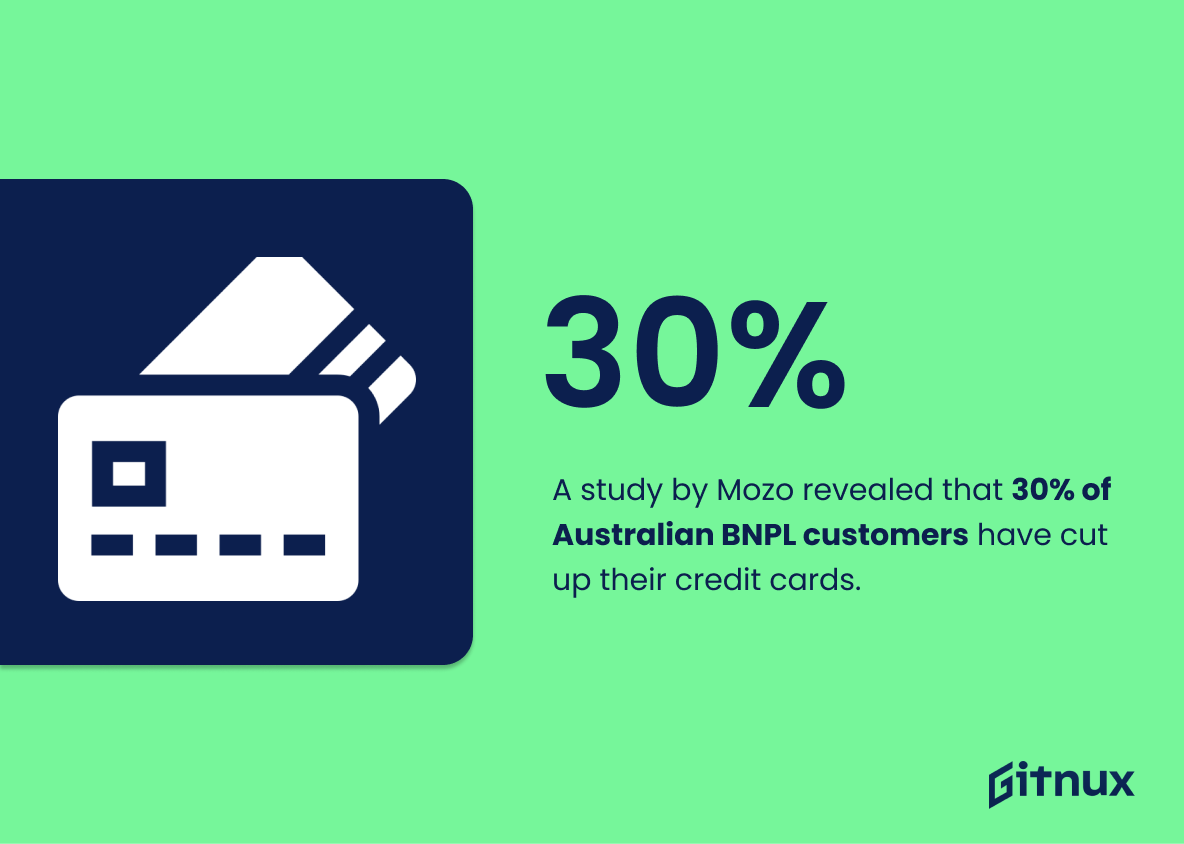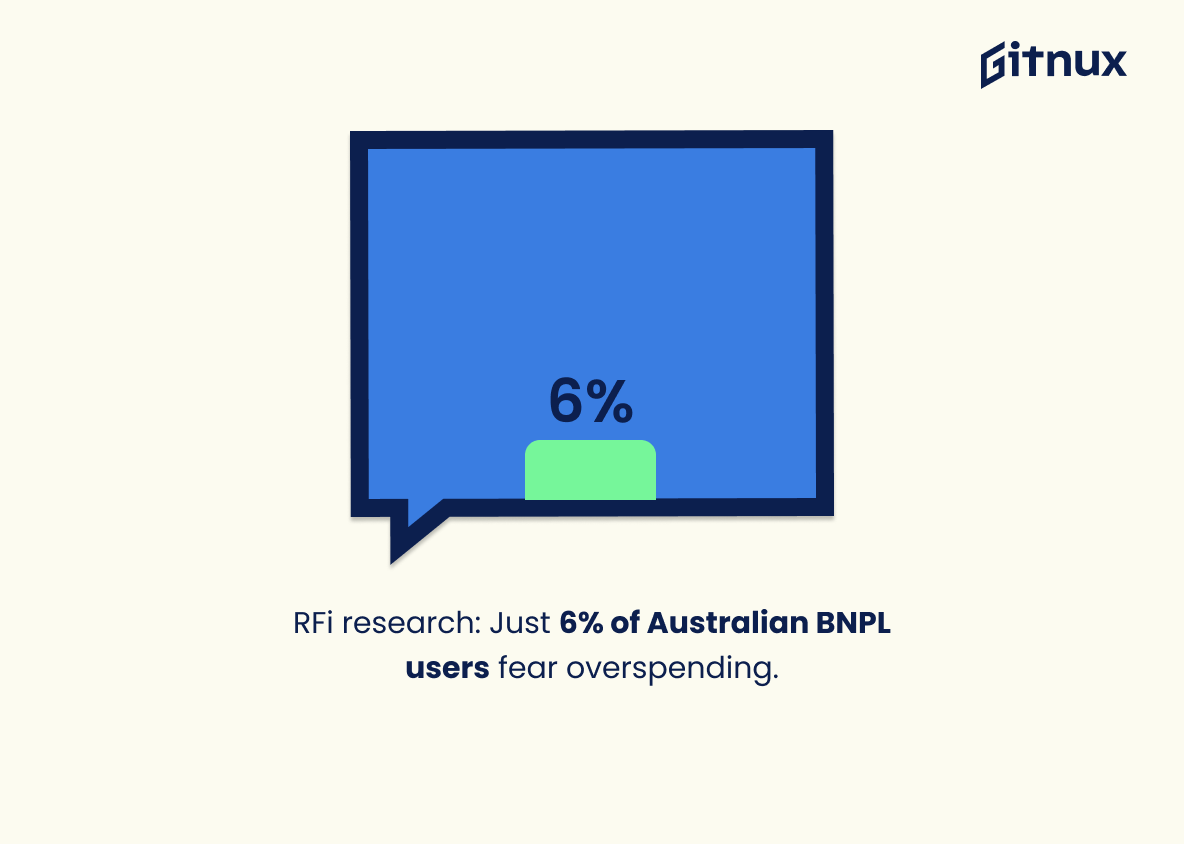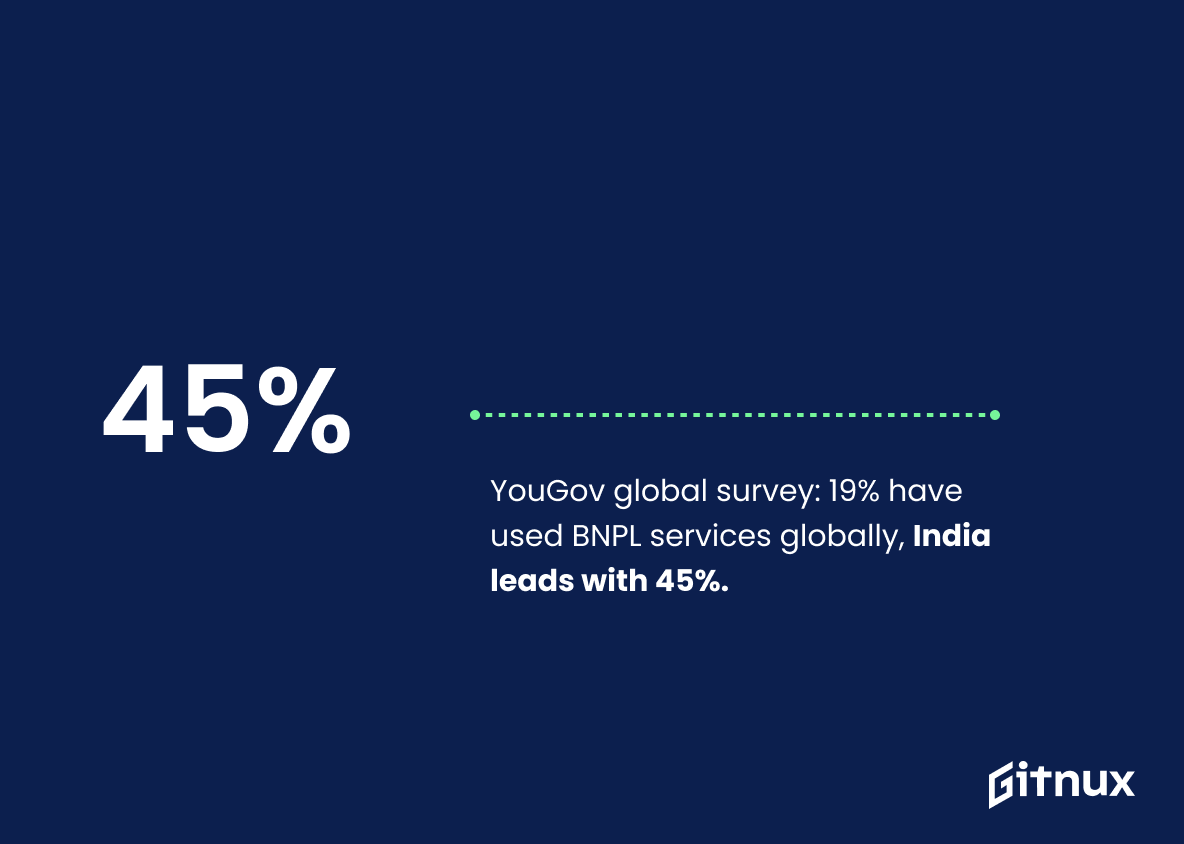Welcome to our latest blog post where we delve into the world of buy now, pay later (BNPL) services. As this innovative payment method disrupts traditional finance, we’ll explore BNPL statistics that illustrate its rapidly growing popularity across the globe. Whether you’re a consumer trying to understand this emerging method, a business owner wondering if it’s the right move for your store, or an investor eyeing up opportunities, this deep-dive into the numbers behind BNPL will provide insights for everyone. Let’s demystify this trending alternative payment platform together.
The Latest Bnpl Statistics Unveiled
According to a Worldpay report, BNPL transactions are expected to represent 3% of global e-commerce payments by 2023.
Imagining a bustling marketplace that encompasses the entire world might give an inkling of the significance of the Worldpay report, projecting that BNPL transactions will make up 3% of global e-commerce payments by 2023. Like a tiny seed growing into a mighty oak, BNPL is no longer playing a bit part in the grand theater of global finance. Instead, it is staking its claim, advancing onto the grand stage of e-commerce payments, potentially transforming how people make their digital purchases across the world. Each click to buy now and pay later, compiles into a rising tide that lifts BNPL into a credible financial phenomenon, giving it the spotlight on the global e-commerce stage. Therefore, the unfolding narrative of BNPL, captured in its predicted 3% share by 2023, is defining and redefining how consumers and businesses interact on the digital platform. The importance of understanding and riding this wave of change is like reading the necessary prologue to a groundbreaking novel in the world of e-commerce and finance.
The United States BNPL market value was roughly USD 20 billion in 2021 and is expected to reach USD 34 billion by 2027.
Peering through the prism of the provided statistic, we unveil a captivating narrative on the BNPL (Buy Now, Pay Later) landscape across the United States. The market valuation of USD 20 billion in 2021 stands as a testament to the discernible traction BNPL services have gained, becoming a preferred choice for consumers. It paints a picture of a prolific financial sector characterized by innovative payment modalities.
As the expected market value surges to USD 34 billion by 2027, it forecast an even brighter future. This anticipated growth serves as an economic crystal ball, predicting not just the increased adoption of these services, but also a potential evolution in consumer purchasing behavior, financial management, and business models. By treating this statistic as a protagonist in our BNPL statistics narrative, we can unlock rich insights and encourage thoughtful discussions around this burgeoning sector.
A survey conducted by Ascent revealed that about 44% of BNPL users are millennials.
Deciphering the significance of the statistic that cites approximately 44% of BNPL (Buy Now Pay Later) users as millennials unravels insightful implications for a blog post about BNPL statistics. It delineates the buying behavior, financial strategies, and market orientation of a significant portion of the contemporary population – millennials. Unveiling the fondness of this particular age cohort for such finance models, the statistic illuminates the potential of BNPL to drive consumption in the pending years. Essentially, it suggests a persuasive shift in societal inclination towards fintech and non-traditional payment methods, setting pivotal direction for both market evolution and academic discourse about BNPL practices.
As per Finder, 5.6 million Australians used a BNPL service like Afterpay or Zip Pay for their purchases in 2020.
In the digital cosmos of e-commerce, BNPL services such as Afterpay or Zip Pay have begun to eclipse more conventional payment methods. Highlighting the fact that nearly 5.6 million Australians employed these innovative platforms in 2020 gives an intriguing snapshot of this growing trend. These figures play a crucial role in illuminating the market’s landscape. They sketch a fuller picture of the current consumer behaviours and purchasing preferences, helping to navigate the road ahead. The stated statistic also underscores the mounting popularity and acceptance of these novel financing solutions among Australians. It could be a signal of the commencement of a new era where traditional credit cards may become obsolete. Indeed, narratives focused on BNPL statistics must not gloss over such pivotal data.
According to a survey by PYMNTS, 35.9% of BNPL users in the U.S. earn less than $50,000 annually.
Delving into the psyche of BNPL (Buy Now Pay Later) users and their financial bandwidth offers insightful revelations. This statistic— 35.9% of BNPL users in the U.S. earning under $50,000 annually—serves as a lighthouse in the ocean of BNPL industry trends.
It enables us to derive that a significant portion of BNPL users potentially leverage this service to splurge beyond their means or handle unexpected expenses. This assumption casts a spotlight on the increased financial vulnerability of these users in managing their debts, hinting at the imminent necessity for user education about responsible borrowing and financial management.
Furthermore, industry players may well consider this piece of the puzzle in their marketing, pricing, and risk mitigation strategies, and policy makers, too, may need to assess the implications on consumer protection norms. In a nutshell, this statistic sews together a narrative that could potentially reshape industry directions, user behavior, and policy considerations.
40% of U.S. consumers who have used BNPL services have missed at least one payment, according to a survey by Credit Karma.
In the realm of BNPL (Buy Now Pay Later) statistics, figures like ‘40% of U.S. consumers who have used BNPL services have missed at least one payment, according to a survey by Credit Karma,’ serve as alarm bells. They underscore the potential pitfalls consumers may encounter amidst the convenience of such services. This particular percentage implies a substantial risk for consumers who might be enticed by payment ease, only to find themselves in the clutches of debt. Moreover, it highlights how essential it is for users to fully understand the conditions and repercussions of BNPL plans before they jump on the trend bandwagon. This information enriches the scope of BNPL discussions, offering a sobering outlook in the midst of seemingly attractive percentages and payment structures.
In a report from Statista, it is projected that BNPL platforms will process $680 billion in transactions by 2025, up from $285 billion in 2018.
In painting a picture of the potential growth and impact of BNPL (Buy now, pay later) platforms, the Statista report forecast is an invaluable gem. It gives us a glimpse into the future where BNPL platforms are not just surviving but thriving, managing transactions worth a stunning $680 billion by 2025, taking a massive leap from the $285 billion in 2018. With such a trajectory, readers can discern the evolution and escalating significance of BNPL within the global payments landscape. Thus, in the narration of BNPL Statistics, the Statista projection forms a compelling storyline, speaking volumes about the expanding financial influence of BNPL platforms.
61% of the BNPL users in Sweden use Klarna, making it the most popular BNPL service, according to a survey from YouGov.
Highlighting the dominance of Klarna in the Swedish BNPL (Buy Now Pay Later) scene enriches the overall narrative of our blog post on BNPL statistics. It not only draws a clear market leader profile, but it also sets the tone for the competition environment. The figure — 61%— signifies a strong preference for Klarna among Swedes, which can be a gateway topic into user behaviors, market trends, and reasons behind this consumer preference. This unique insight, provided by YouGov survey, contributes valuable data that may influence BNPL strategies for businesses looking to enter or already within the Swedish market.
According to Econsultancy, 39% of UK online shoppers have used BNPL services.
Unearthing the importance of a statistic can often bring to light hidden influences in our business ecosystem. The evidence from Econsultancy, shedding light on 39% of UK online shoppers harnessing Buy Now Pay Later (BNPL) services, pulls back the curtain on contemporary shopping trends. It unveils the significant traction BNPL has gained within the UK market, providing a cue for businesses and market strategists to tailor their finance options with a focus on this model. This precise data hit feeds into the broader narrative of BNPL’s ascension, demonstrating its pivotal role as a disruptive force in the e-commerce arena. Notably, the statistic also sparks curiosity regarding consumer behavior, accentuating the necessity for further research and exploration into why nearly half the online shopping population is gravitating towards BNPL.
In 2021, about 55.8% BNPL users in the US ranged from age 25 to 44 according to Statista.
Diving into the heart of the “Buy Now Pay Later” (BNPL) trend, this striking piece of data reveals a substantial 55.8% of American BNPL users in 2021 falling between the ages of 25 to 44, as reported by Statista. Like a compass guiding us through the demographics labyrinth, this figure hints at a noteworthy tilt towards the young and middle-aged consumers in the BNPL landscape. It illuminates not just who is driving the BNPL bandwagon today, but also delivers cues on future trajectories of this payment model. With such captured insights, businesses can strategize and tailor their BNPL offerings to adequately meet the needs and expectations of this dominant age group, ultimately maximizing their market penetration and growth potential in the realm of BNPL transactions.
A study by Mozo revealed that 30% of Australian BNPL customers have cut up their credit cards.
Delving into the essence of this statistic, it unveils a significant behavioral shift in Australian consumers’ financial habits. The figure – 30% of Buy Now Pay Later (BNPL) users abandoning their credit cards – is an intriguing testament to the escalating popularity of BNPL services. It hints that a substantial section of the population is gravitating towards more flexible, interest-free payment methods than traditional credit card systems, making the Australian market a fertile ground for BNPL growth. In a blog post focused on BNPL statistics, this becomes a powerful pointer, signaling possible future trends and contemplations for market players and consumers alike.
According to RFi’s research, only 6% of BNPL users in Australia think they may end up spending more than they should.
Delving into the heart of ‘Buy Now Pay Later’ (BNPL) dynamics, RFi’s research serves as an insightful lens, revealing that a mere 6% of Australian users believe they might exceed their spending limits. In the rapidly evolving landscape of BNPL, this number instigates pivotal reflections.
Firstly, it illuminates the confidence or perhaps the naivety of 94% of BNPL users who seem to be less worried about overspending, underscoring an essential facet of consumer behavior in Australia. It prompts the question: Are BNPL services making spending more manageable or merely creating a false sense of financial control?
Secondly, it serves as a potent statistical springboard for discussions on implications for both policy-makers and BNPL platform providers. With just a small portion of users fearing over-expenditure, does that imply that existing consumer safeguards are efficient or that they need to be revisited?
Lastly, this statistic might act as a beacon for potential investors and stakeholders gauging the risk and profitability of the BNPL market. The minimal concern about overspending could signal a robust, low-risk market, encouraging further capital investment, or hint towards potential reckless spending leading to financial instability.
Thus, encapsulating these various perspectives, this number goes beyond a simple statistic to a narrative thread that weaves through the fabric of BNPL’s evolving story.
A global survey conducted by YouGov found out that 19% of people globally have used BNPL services, the highest being in India (45%).
The arresting revelation of a YouGov survey highlights a salient point of interest, circling around the dramatic uptake of BNPL (Buy Now Pay Later) services worldwide, where a striking 19% of respondents have reportedly used such services. Yet, what sets the global scene ablaze is the spirited engagement from India, soaring to a heart-thumping 45%. These compelling numeral twins generate much heat for those navigating through the labyrinth that is the BNPL statistical landscape. They light beacons illuminating the rapidly evolving global e-commerce frontier, reinforce the fact that BNPL is no longer a peripheral service, and magnify the colossal market potential there is for the taking, particularly in emerging economies such as India.
Conclusion
BNPL, or Buy Now Pay Later, is more than just a retail phenomena – it’s a significant shift in the way consumers approach purchasing. Steadily growing in popularity, it is continuing to reshape the e-commerce industry and consumer purchasing habits. With the current BNPL statistics signaling attractive opportunities for both merchants and consumers, it’s evident that the trend is poised to redefine payment solutions. Remember, as with any financial decision, it’s important to understand the fine print before jumping aboard the BNPL train. Whether you’re a consumer, investor, or retailer, remain informed and up-to-date with BNPL market developments and consumer trends to utilize this innovation effectively.
References
0. – https://www.www.statista.com
1. – https://www.econsultancy.com
2. – https://www.today.yougov.com
3. – https://www.www.rfigroup.com
4. – https://www.www.fool.com
5. – https://www.mozo.com.au
6. – https://www.www.finder.com.au
7. – https://www.www.businesswire.com
8. – https://www.yougov.co.uk
9. – https://www.www.pymnts.com
10. – https://www.www.fisglobal.com
11. – https://www.www.businessinsider.com
